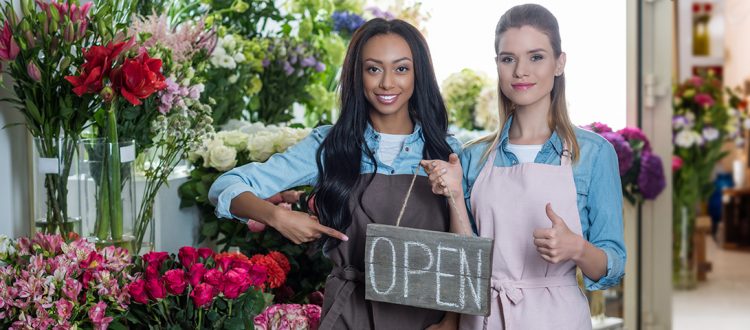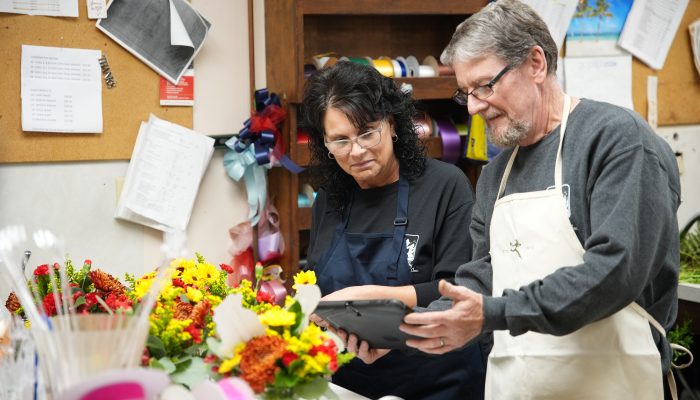Press Reset. Three Key Areas to Reopening Your Business.
For the many florists that have been able to remain open amidst stay-at-home orders due to COVID-19, they have had to adapt their business and comply with the many limitations and precautions put in place. They have had to get creative in driving sales, operating with a smaller labor force and being hyper-alert to prevent the spread of COVID-19.
If your shop had to completely close or if you had to close your retail space, you will need to develop new ways to conduct business when you finally get the green light to officially reopen your business. As many states are beginning to ease restrictions, there will be a slew of new safety requirements that you will have to abide to, most likely for many months to come.
Ensuring a safe environment for your customers and employees is vital to your business. The following safety and health guidelines will help you successfully get your shop up and running again:
Safeguard Your Customers.
- Require that everyone wear face masks in your shop; provide disposable ones to any customer that may not have one with them.
- Provide hand sanitizer in key areas like the entrance and register.
- Promote social distancing by marking areas on the floor near the register or displays to help customers maintain the recommended 6-foot distance.
- Depending on the size of your store and layout, determine a safe number of customers, and develop a system to not go beyond this capacity. Display signage on the door and throughout the store.
- Consider offering special hours for at-risk groups to shop.
Protect Your Employees.
- If work space is limited, stagger shifts to minimize staff interactions.
- Set up work stations so that employees can maintain a safe distance from each other and from customers as well. If possible, use plastic guards at the register.
- Provide masks and gloves and require that they be worn at all times.
- For tasks that cannot be done with gloves, encourage frequent hand washing.
- Do not share design tools, phones, registers, etc. among staff, unless sanitized between uses.
- Monitor their health, and allow staff to take sick time if they are exhibiting symptoms or not feeling well.
Develop New Ways of Doing Business.
- Regularly sanitize registers, phones, cooler doors, door handles, light switches and other frequently touched surfaces. Adjust store hours if necessary to incorporate thorough cleaning.
- For in-store purchases, encourage no-contact payment options such as Square card readers, mobile wallets and tap-card technology to minimize the transfer of germs via credit cards, payment terminals, tablets and registers.
- Continue to expand your no contact delivery options or establish a system for curbside pick-up.
- Set up a safety protocol when receiving shipments from suppliers, as well as a safe way to interact with your delivery person or service.
- Spread out interior displays and relocate some outside, if possible. Set up an honor payment system for purchases made on outdoor products.
- Increase online and social media presence. Post a daily video of the flowers that you currently have in stock so orders can be easily placed over the phone or online.
- Make sure your website is up-to-date and easy to navigate to encourage online orders and payments.
- If necessary, adjust your inventory to reflect any changes in your regular order volume.
While these guidelines add extra work and pressure for business owners, the optimal outcome is a safe and successful environment.
Before re-opening, check with your local and state authorities for your area-specific regulations. The Center for Disease Control also provides additional information and proper sanitation guidelines for small businesses at cdc.gov. In addition, OSHA offers guidance for preparing workplaces for COVID-19 at osha.gov.
0














